There was a time, Jonny Trunk reminds us in the introduction to his new book, Auto Erotica, when cars had no electric windows, no sat navs, no central locking, no power steering and drivers had to de-ice the locks and radiator when it was freezing cold.
And cars back in this pre-digital age were ‘way, way more sexy’, he says.
Jonny sets out his evidence in the tome with a time-travel ‘grand tour’ through British car brochures from the 1960s to the 1980s that’s ‘packed full of era-defining classic cars, from those we love to those you can’t remember’.
The stars of his book include the Austin Allegro (the ‘flying pig’), the Ford Anglia (aka The Harry Potter Car), the Austin Maxi and the Morris Marina (‘beauty with brains’), as they appeared in glossy car dealer brochures
‘These were cars you had to drive – and suffer slightly while you were doing it,’ says Jonny.
Here is MailOnline Travel’s pick of the brochure adverts featured… from the slick to the laughable lame.
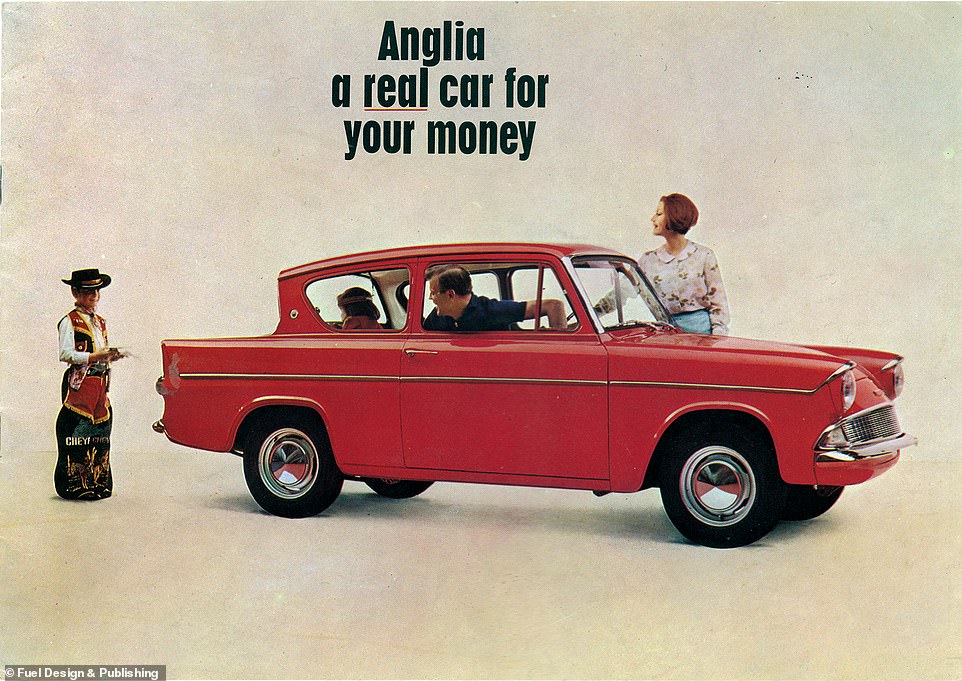
The Ford Anglia – aka ‘The Harry Potter Car’ – was apparently a ‘real car for your money’. Jonny reveals in Auto Erotica that when he was young he told a friend of his mum’s that he wanted a Ford Anglia when he grew up
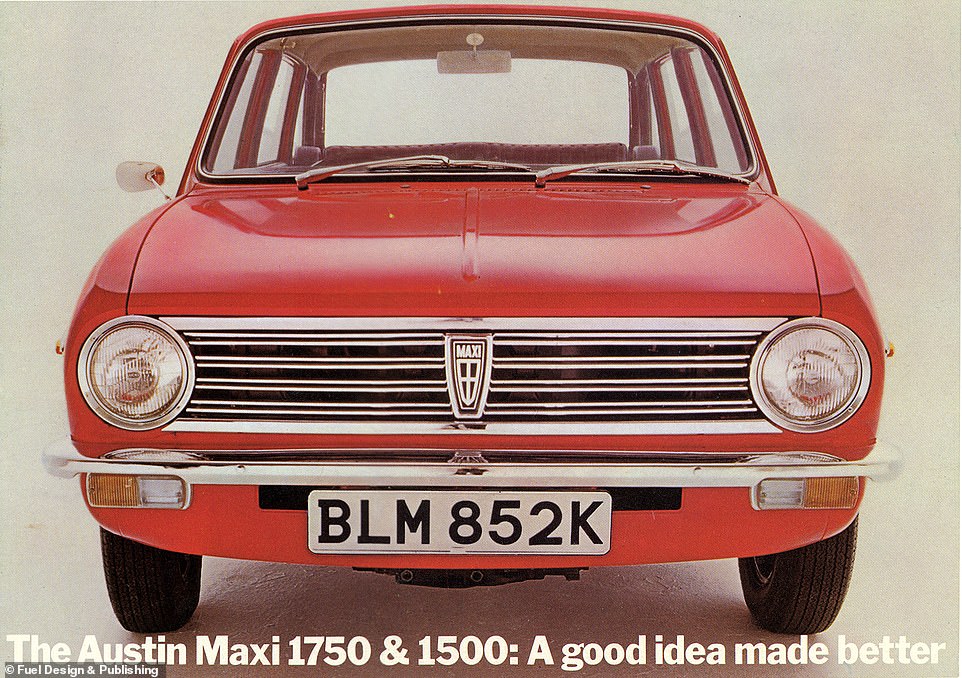
Jonny describes the Maxi, which was first produced in 1969, as ‘lacklustre’. It was made by Austin, which was established in 1905 by Herbert Austin and went on to make Lancaster bombers before multiple mergers over the years with Morris Motors, Jaguar and Leyland
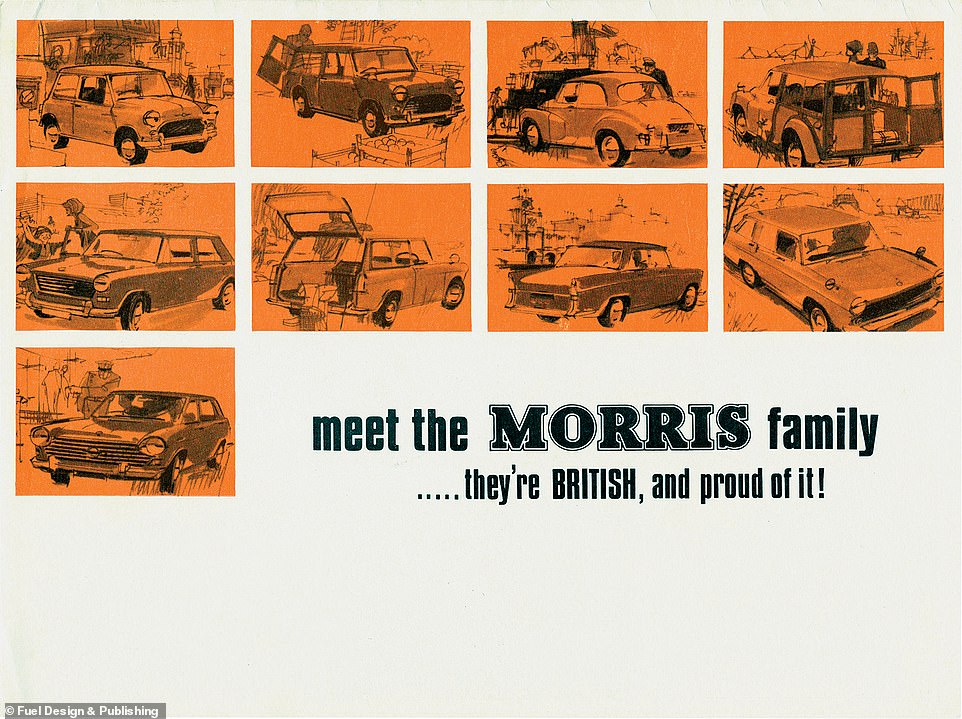
The Morris story is an incredible one, as Jonny reveals. The founder was one William Morris, who set up his first business in 1892 – a bicycle repair shop. By 1902 he was working on motorcycles. By 1912 he had designed a car. Then he built more at a disused military training ground in Cowley, Oxford. In 1919 he built 400 cars using Henry Ford’s mass production techniques. In 1925 he made 45,000 cars. Jonny continues: ‘The business merged with the Austin Motor Company in 1952, but the Morris name remained in use until 1982, when British Leyland came along and messed it all up by having no real manufacturing focus, confusing and questionable marketing ideas, and hopeless modern concepts that would never make it past prototype stage. They made some classic cars up until then though’

The Morris Marina ‘had door handles that looked quite Gerry Anderson’, Jonny writes
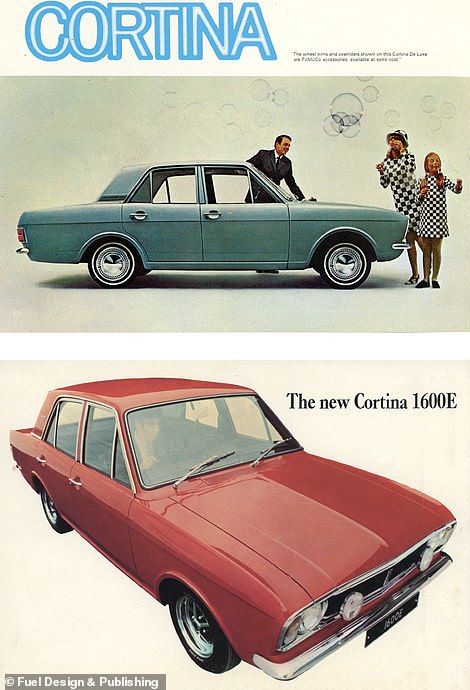
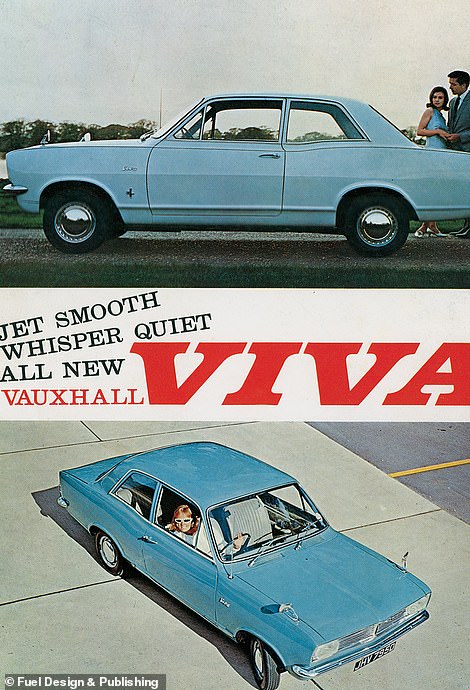
LEFT: Henry Ford’s company has always had a knack for producing popular cars. The 1908 Model T ‘revolutionised and motorised middle America, selling more than 15million units in the process’. Pictured here is the car that in the 1970s would become the UK’s best-seller – the Cortina. RIGHT: Vauxhall was founded by Scotsman Alexander Wilson in 1857 as a marine-engine manufacturer, was building cars by 1903 and was sold to America’s General Motors in 1925, reveals Jonny. Fast forward to 1963 and behold… the Viva range, which ran for the next 16 years
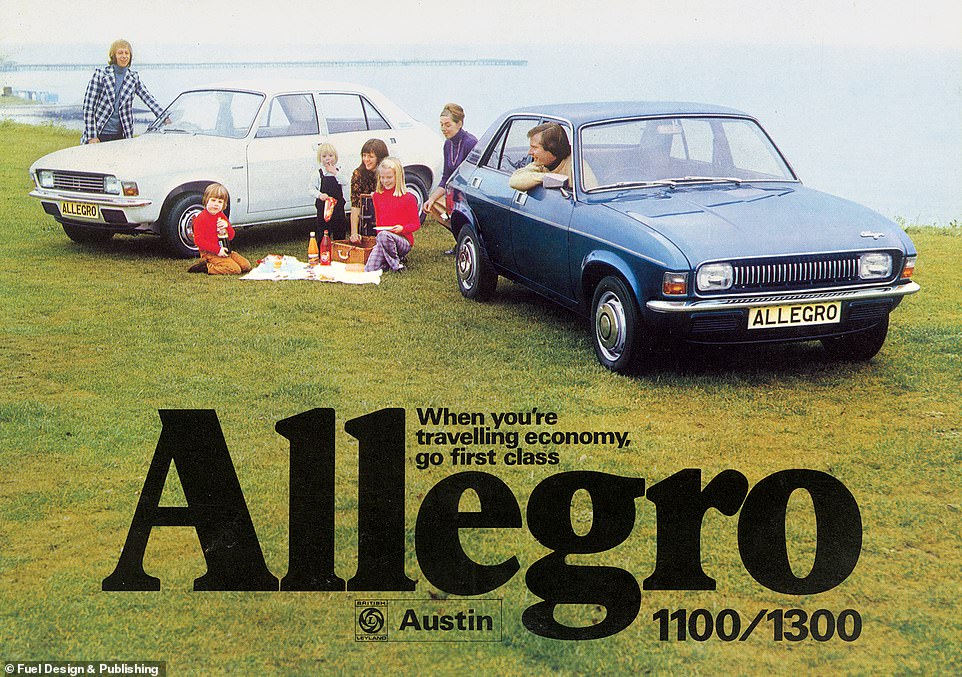
The Austin Allegro (1973 to 1982) was nicknamed ‘Flying Pig’ – ‘owing to its looks and rather questionable performance’, according to Jonny
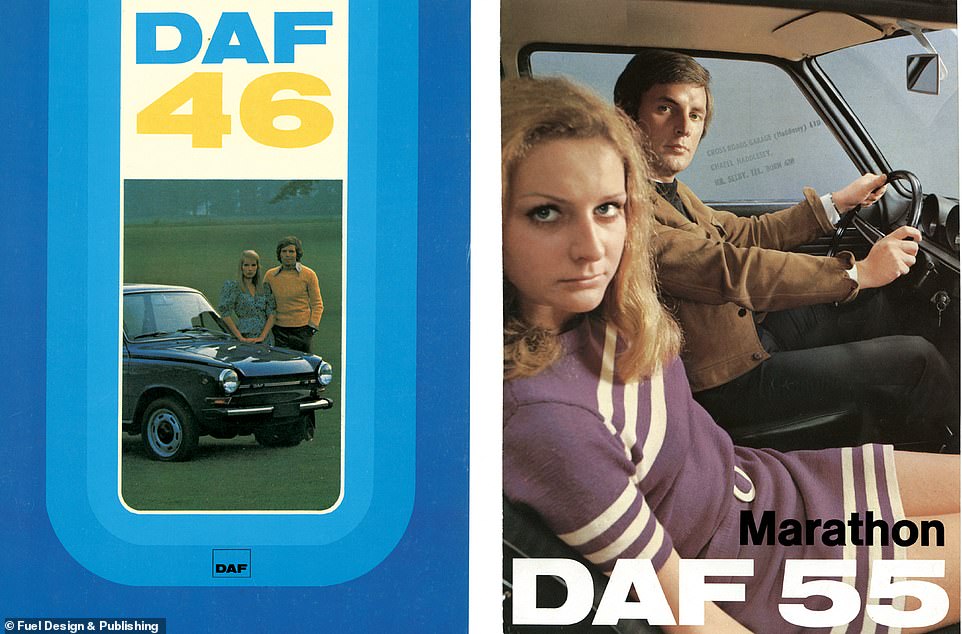
The origins of DAF can be traced back to 1928, reveals Jonny, when Dutchman Hubert Van Doorne founded a truck manufacturer. The company became DAF in 1932 (the initials a simplified version of Van Doorne’s Aanhangwagenfabriek – Van Doorne’s Trailer Factory) and car production began in 1958. The 46 appeared in 1974 and the first 55 Marathon in 1972, which the female model in this brochure picture clearly found to be a thrilling development
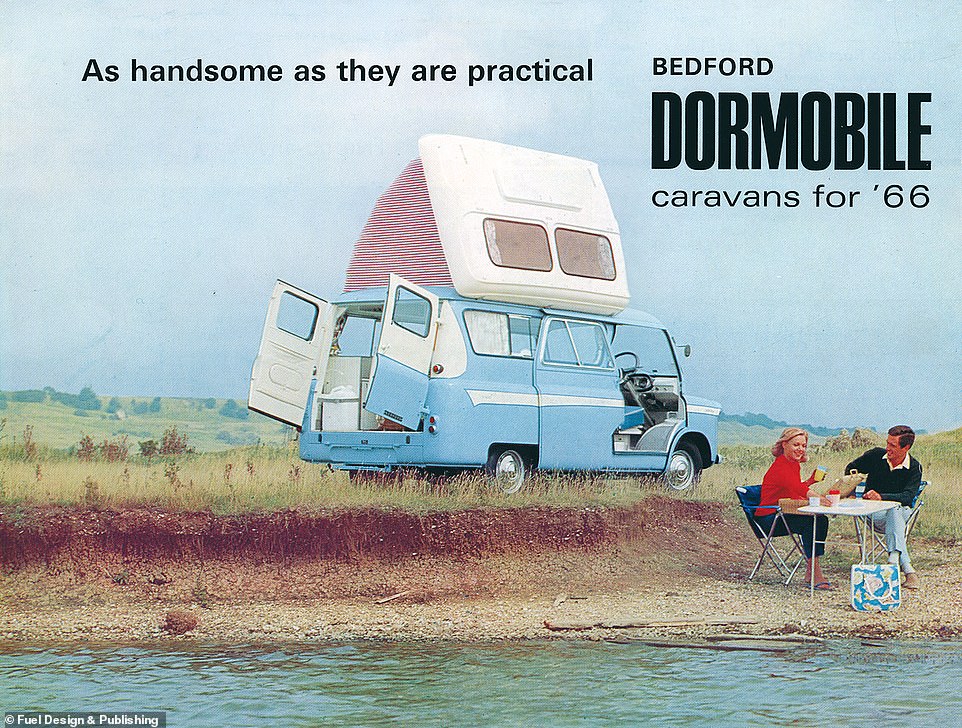
‘I find brochures for vans and commercial vehicles difficult to ignore,’ writes Jonny, ‘as they form an integral part of my nostalgic vision of transport. Who can forget the burglar vans in The Sweeney (always Commers) or the bashed-up converted Transit for sound-system transportation in the classic 1980 Brixton-based film Babylon? There’s also the escapist dream that is the camper van – a VW, a Devon, a Westfalia. You can’t drive into Cornwall these days without bumping into most of the population of vintage classic campers, now seen as the ultimate surfing accessory. My wife has always wanted a VW Camper – but I can’t surf. And I can’t afford one either’
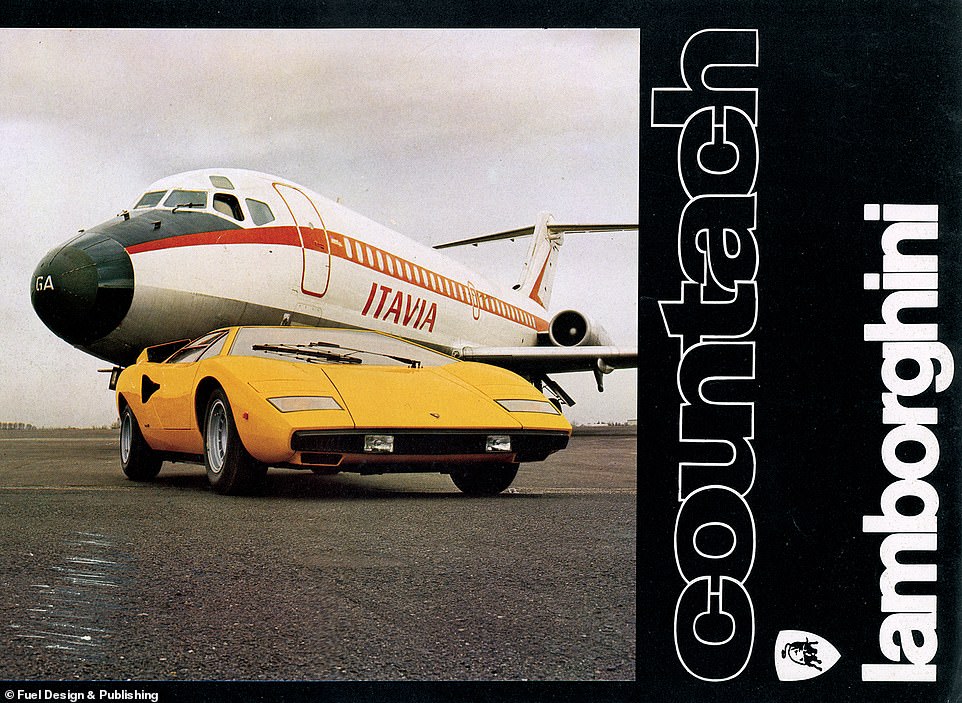
Lamborghini, founded by Ferruccio Lamborghini in 1963, had two early successes – the Miura and the exotic Countach, explains Jonny. However, the company went bankrupt in 1978 (four years after the first Countach was produced), was revived by the French Mimran brothers in 1984, sold to the Chrysler Corporation in 1987 and is now part of the Audi AG group
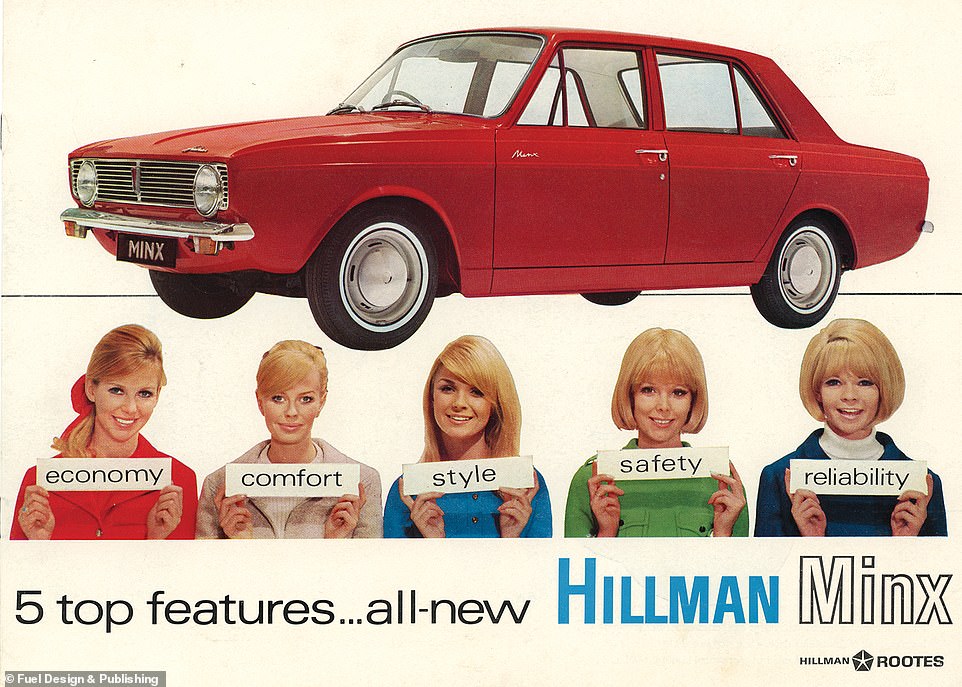
Hillman began life as a British bicycle manufacturer then moved into cars in 1907, reveals Jonny. He continues: ‘The British company fell under the control of the Rootes Group and merged with Humber in 1928. They were a relatively straightforward car manufacturer until 1963 when the Hillman Imp and its fastback brother, the Californian, were introduced. Chrysler assumed control of the Rootes Group in 1967 and chaotic re-badging followed. I still find it confusing, even now’
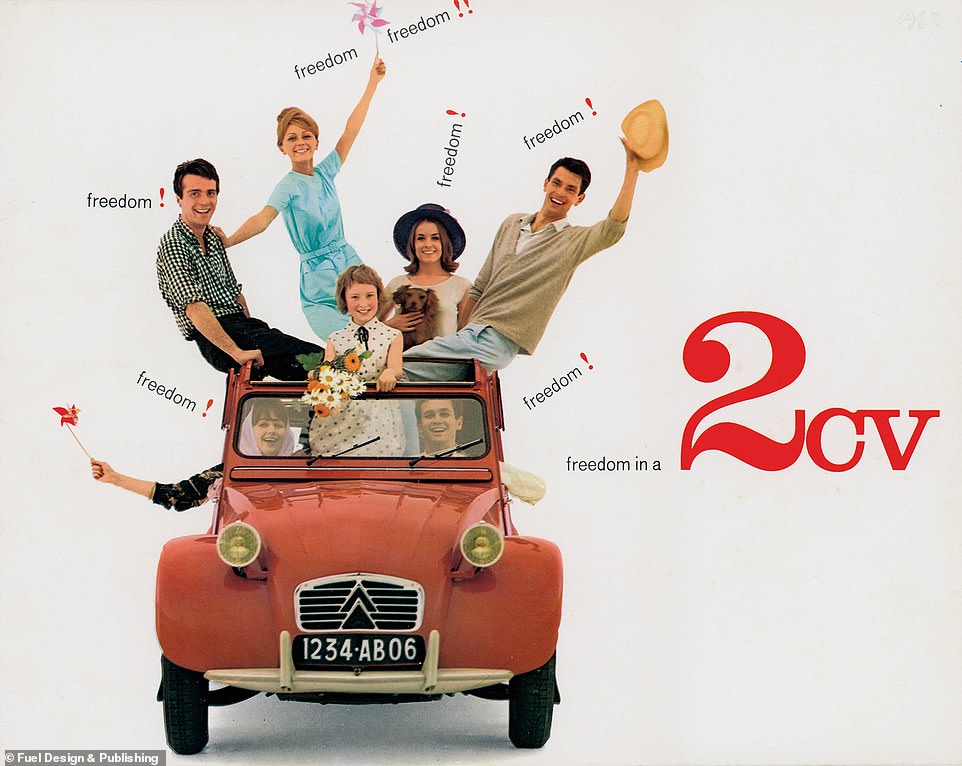
The Citroen 2CV or Deux Chevaux (literally two horsepower) was introduced, explains Jonny, as a bestselling alternative to the horse in 1948
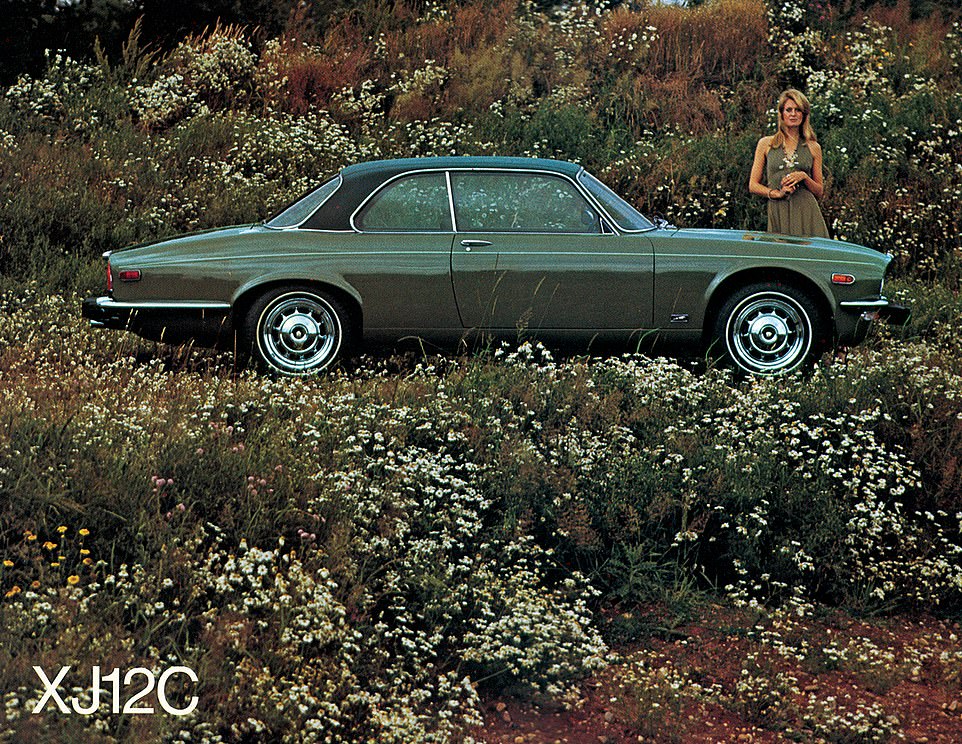
The supremely successful XJ series, launched in 1968, saw Jaguar through until the 1980s, reveals Jonny. Its predecessors were ‘the quick and compact Mark II (1959)’ which ‘became popular with police and burglars alike’ and ‘the globally iconic E-Type (1961)… called “the most beautiful car in the world” by Enzo Ferrari’

Jonny reveals that he drives ‘an old and slightly battered 1968 Triumph Herald’, adding: ‘It’s built like a grown-up go-kart and has a strange charisma and real personality. It stinks of old leather, oil and petrol. When you drive it everyone looks and points – and some even wind down their window for a chat about “the old days”‘

Jonny reveals that MG was founded by Cecil Kimber at one of William Morris’s sales and service garages. He adds: ‘In 1921 Kimber was manager for the Oxford branch and started making his own modified versions of the Morris cars, adding “MG Super Sport” badges to the front.’ The famous MG Octagon badge became a trademark in 1924 and the MG Car Company was incorporated in 1930. ‘From that point on the history is complex and quite exhausting,’ says Jonny. And it all ends with a Chinese conglomerate. So we’ll just leave you with this classic picture…
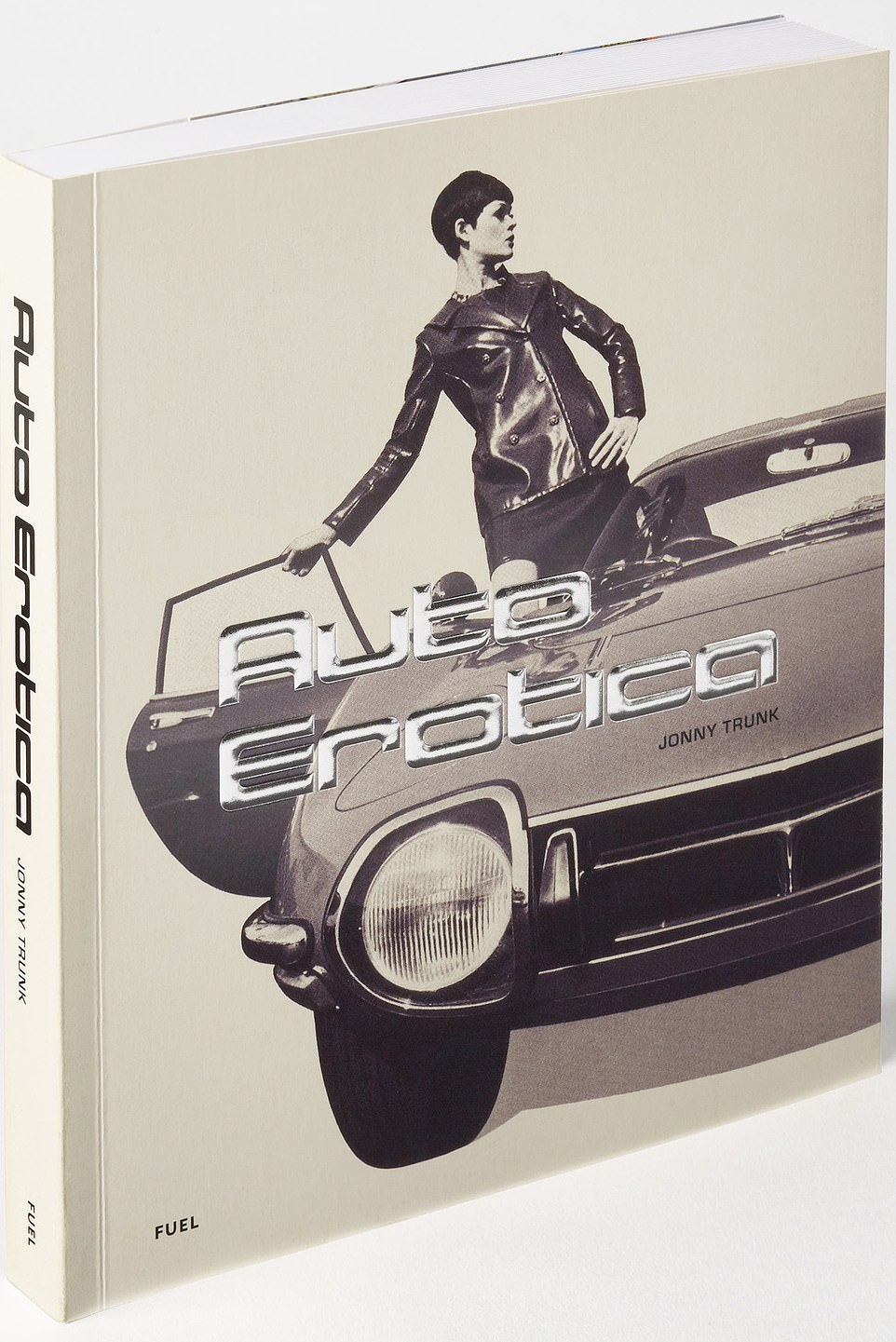
Auto Erotica by Jonny Trunk is published by Fuel Design & Publishing (£24.95)
Source link : https://www.dailymail.co.uk/travel/travel_news/article-10080871/Book-Auto-Erotica-grand-tour-British-car-brochures-1960s-1980s.html












